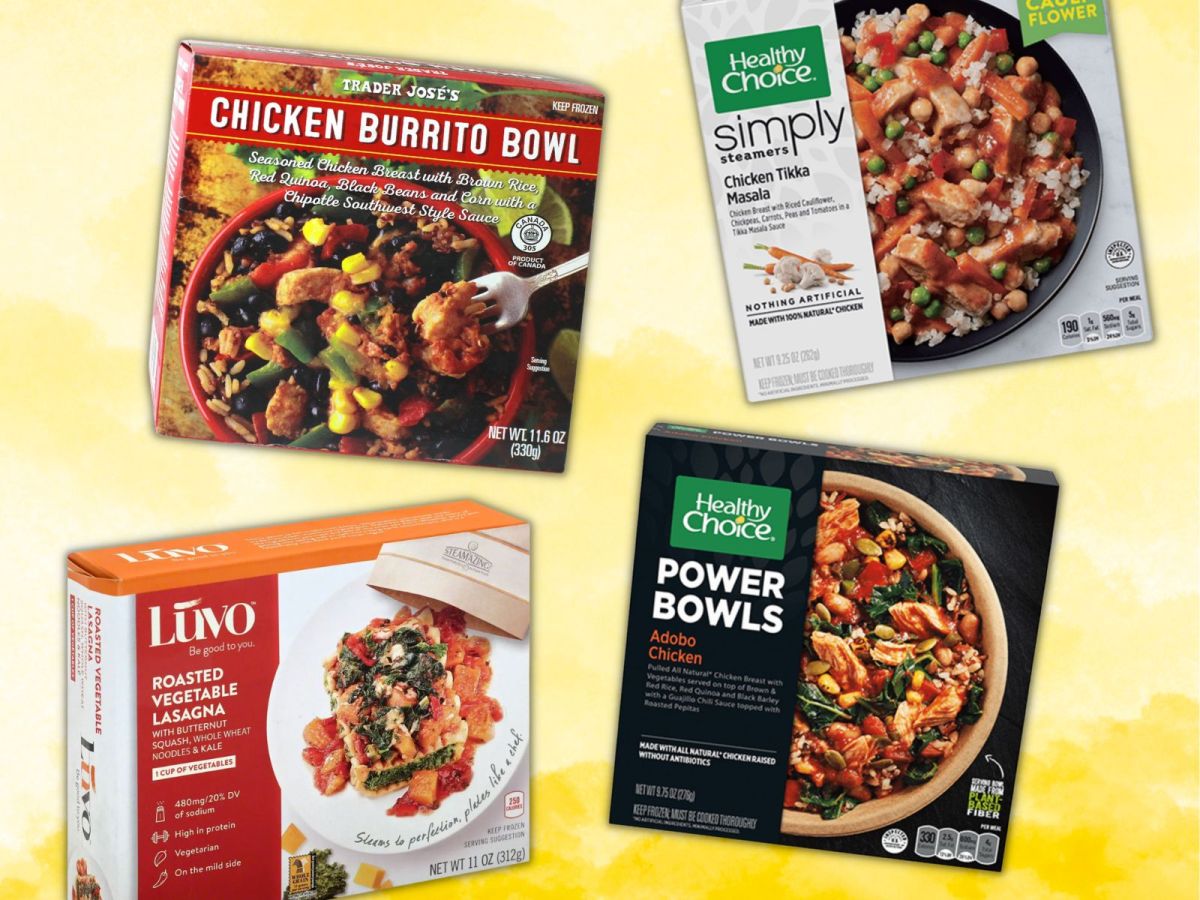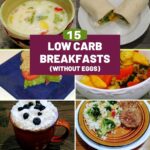Tired of restrictive diets leaving you hungry and unsatisfied? Discover a world of delicious, high-protein, low-carb dinners designed to keep your cravings at bay and your energy levels soaring. This isn’t about bland salads and tasteless substitutes; we’re talking flavorful, satisfying meals packed with protein to fuel your body and keep you feeling full and energized throughout the evening. Prepare to embark on a culinary journey that redefines what it means to eat healthy and enjoy it!
We’ll explore a diverse range of recipes, from vibrant stir-fries bursting with color and flavor to elegant salmon dishes that are as visually stunning as they are nutritious. Learn simple meal-prep strategies to streamline your week, making healthy eating effortless. We’ll also delve into the nutritional science behind this approach, helping you understand the power of protein and healthy fats in managing weight and improving overall well-being. Get ready to transform your dinner routine and experience the joy of satisfying, healthy eating!
Ingredient Selection and Nutritional Considerations

Crafting delicious and satisfying high-protein, low-carb dinners hinges on a thoughtful selection of ingredients. Understanding their nutritional profiles is crucial for maximizing benefits and achieving your dietary goals. This section delves into key ingredients, comparing protein sources, and highlighting the importance of healthy fats.
High-Protein, Low-Carb Ingredients and Their Nutritional Profiles
The following table Artikels five key ingredients, showcasing their protein and carbohydrate content, along with their associated health benefits. These are just examples; many other options exist within this dietary framework.
| Ingredient | Protein (grams per 100g) | Carbohydrate (grams per 100g) | Health Benefits |
|---|---|---|---|
| Chicken Breast | 31 | 0 | Excellent source of lean protein, rich in niacin and selenium, supports muscle growth and repair. |
| Salmon | 20 | 0 | Rich in omega-3 fatty acids, vitamin D, and protein; supports heart health and reduces inflammation. |
| Cauliflower | 2 | 5 | Low-carb vegetable, high in fiber and vitamin C; versatile and can replace higher-carb options in many dishes. |
| Avocado | 2 | 9 | Healthy fats, fiber, and potassium; promotes satiety and supports cardiovascular health. Note: While higher in carbs than other options, the healthy fats and fiber make it a valuable addition. |
| Almonds | 21 | 22 | High in protein and healthy fats, rich in vitamin E and magnesium; promotes satiety and supports brain function. Note: Portion control is important due to the carbohydrate content. |
Comparison of Protein Sources for Low-Carb Diets
Different protein sources offer varying tastes, textures, and nutritional values. Lean meats like chicken and turkey provide a mild flavor and firm texture, while fatty fish like salmon offer a richer taste and flakier texture, along with significant omega-3 benefits. Eggs, a versatile source, can be prepared in countless ways, providing high-quality protein and essential nutrients. Plant-based options, such as tofu and tempeh, offer a different flavor profile and texture, and are good sources of protein, though often require more preparation to be palatable. The choice depends on individual preferences and dietary needs.
The Importance of Healthy Fats in High-Protein, Low-Carb Dinners
Incorporating healthy fats is crucial for a successful high-protein, low-carb approach. Fats play a vital role in satiety, helping you feel fuller for longer and preventing overeating. They also support hormone production, brain function, and nutrient absorption. Sources such as avocados, nuts, seeds, olive oil, and fatty fish provide essential fatty acids and contribute to overall health and well-being. A balanced intake of healthy fats ensures sustained energy levels and contributes to a feeling of fullness, aiding in weight management and overall health. For example, adding a tablespoon of olive oil to a salad with grilled chicken and avocado provides healthy fats that enhance satiety and nutrient absorption.
By mastering the art of high-protein, low-carb cooking, you’re not just choosing a diet; you’re embracing a lifestyle. Imagine evenings filled with flavorful, satisfying meals that leave you feeling energized and confident in your health choices. From quick weeknight dinners to carefully planned meal preps, the strategies and recipes explored here offer a flexible and sustainable approach to healthy eating. So, ditch the restrictive diets and embrace the deliciousness of high-protein, low-carb cuisine. Your taste buds and your body will thank you!
Helpful Answers
What are the best sources of healthy fats for a low-carb diet?
Avocado, olive oil, nuts (like almonds and walnuts), seeds (chia, flax), and fatty fish (salmon, mackerel) are excellent sources of healthy fats.
Can I still eat fruits on a high-protein, low-carb diet?
Yes, but in moderation. Berries are generally lower in carbs than other fruits. Focus on smaller portions.
How much protein should I aim for daily?
The recommended daily protein intake varies depending on factors like age, activity level, and goals. Consult a nutritionist or healthcare professional for personalized advice.
What if I’m allergic to certain ingredients?
Many recipes can be adapted to accommodate allergies. Substitute ingredients accordingly, always checking for cross-contamination if necessary.
How long can I store prepped meals in the refrigerator?
Generally, 3-4 days is safe, but always ensure proper refrigeration and check for any signs of spoilage before reheating.


